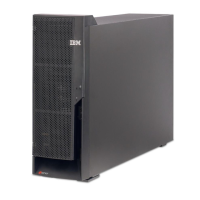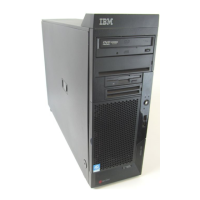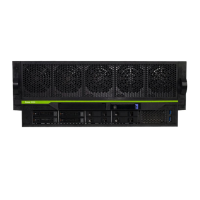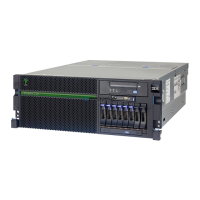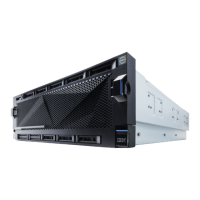5486LPOpS.fm Draft Document for Review October 18, 2004
582 IBM Eserver i5 and iSeries System Handbook
supported for import and export between DB2 UDB for iSeries and other
databases.
This parallel index build, splitting an individual query into many smaller subtasks,
can then be run independently on separate processors before the subtask results
are combined again. This allows for significant performance increases. These
performance increases become more pronounced with the addition of more
processors. For example, if a query is running in 20 seconds on an iSeries with a
dedicated processor, adding a second dedicated processor along with the DB2
Symmetric Multiprocessing feature may allow this query to run in approximately
10 seconds. Adding two additional processors may allow this query to run in
approximately 5 seconds.
This example illustrates how scalable the technology is, which is important with
database parallelism. Scalability governs how much benefit is gained from
adding additional processors. Perfect scalability allows for four processors to run
a query in one-fourth of the time that a single processor could, as explained in
the previous example. The advanced architecture of the iSeries and of OS/400
have enabled DB2 Symmetric Multiprocessing to show industry-leading
scalability across all iSeries n-way systems.
OS/400 - DB2 Symmetric Multiprocessing can be configured differently for each
user of the system. This allows a system administrator to have the greatest
control over how parallelism is used on a system, and therefore, greater control
over how system resources are used. Part of this enablement process allows the
selection of just how much parallelism is used, or in other words, how many
subtasks are used for each query. Using fewer subtasks than processors
available allows a greater amount of the total system resources to be used by
other users. Using more subtasks than available processors allows an individual
user to use more of the total system resources. This flexibility allows
administrators to balance the needs of all system users with the available
resources.
OS/400 - DB2 Multisystem (5722-SS1 Option 27)
The iSeries server and OS/400 - DB2 Multisystem provide a scalable solution for
data warehousing that spans from the smallest datamart to the largest enterprise
data warehouse. DB2 Multisystem allows multiple iSeries servers to be
connected to allow the processing power and storage capacity of all the servers
to be used. From a database perspective, these interconnected iSeries servers
appear as a single large system. It is intended for use when iSeries servers are
used for large data warehouse installations.
